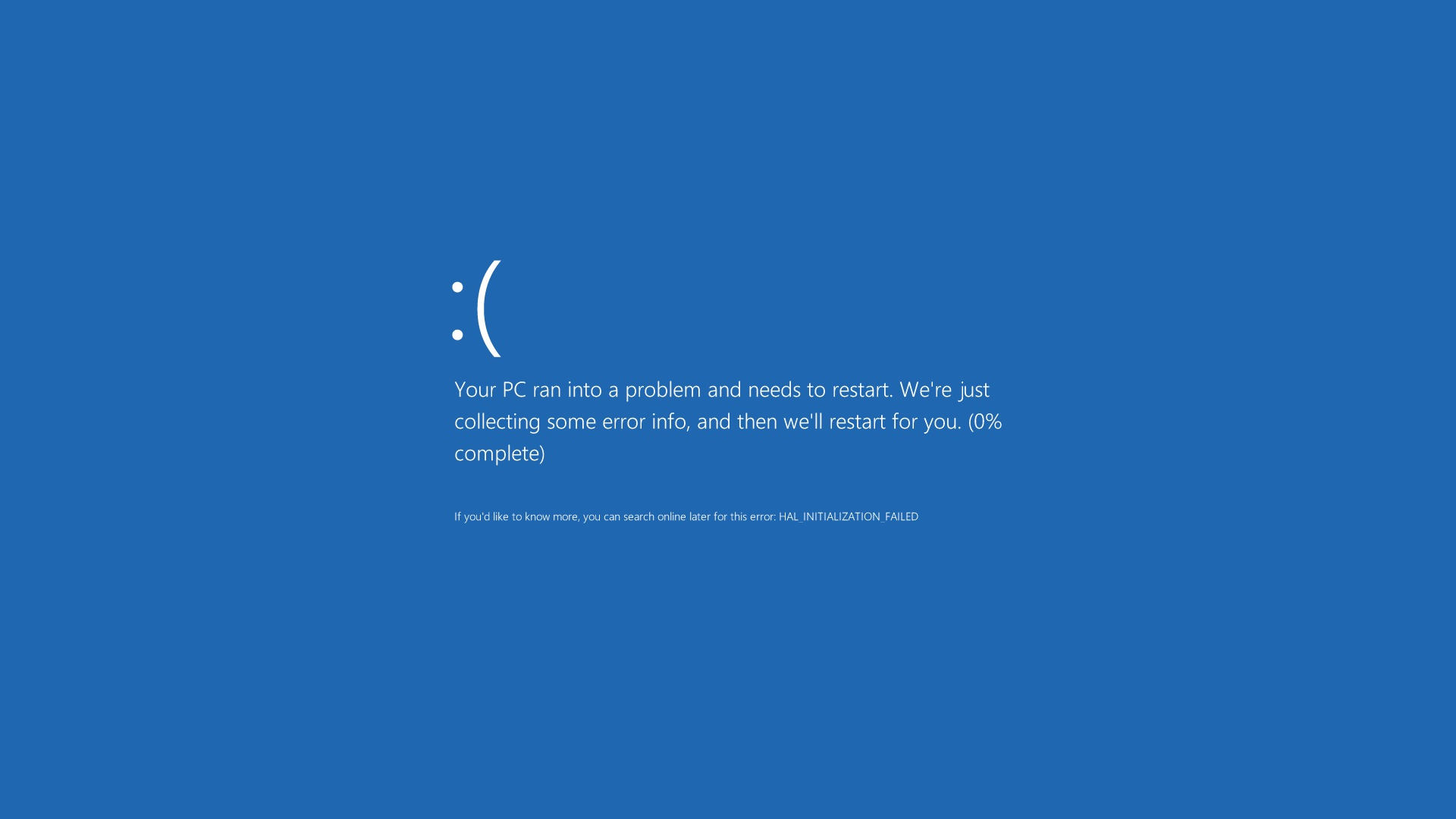Apple buys Israeli camera technology company
Apple has purchased LinX Imaging, an Israeli company that makes multi-lens cameras for smartphones, tablets and ultrabooks.A distinguishing feature of LinX’s cameras are their small size. Its cameras “are nearly half the height of a standard mobile camera,” according to a news release from 2014 discussing the company’s latest imaging technology. LinX’s cameras can capture images that rival the quality of pictures taken with high-end SLR cameras, the release said.Smaller components could help Apple since the company is known for slimming down its hardware. For example, Apple’s new MacBook replaces the traditional USB Type-B ports and power jack with a single USB Type-C port to cut down on size.To read this article in full or to leave a comment, please click here

 Well, that was quick. Two days after rumors started, Nokia and Alcatel-Lucent announce a $16.6B hookup.
Well, that was quick. Two days after rumors started, Nokia and Alcatel-Lucent announce a $16.6B hookup. A megamerger could be trouble for Ericsson and even for Juniper.
A megamerger could be trouble for Ericsson and even for Juniper.